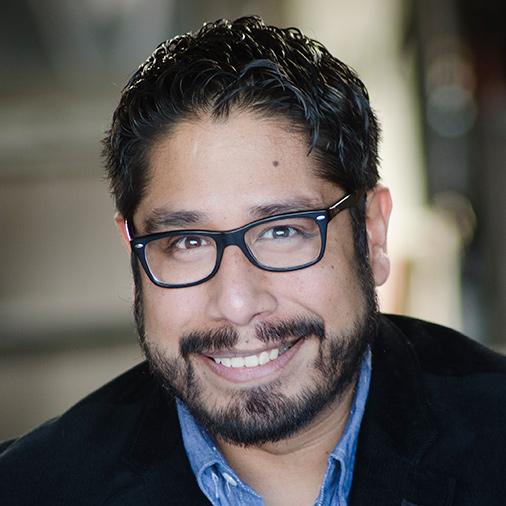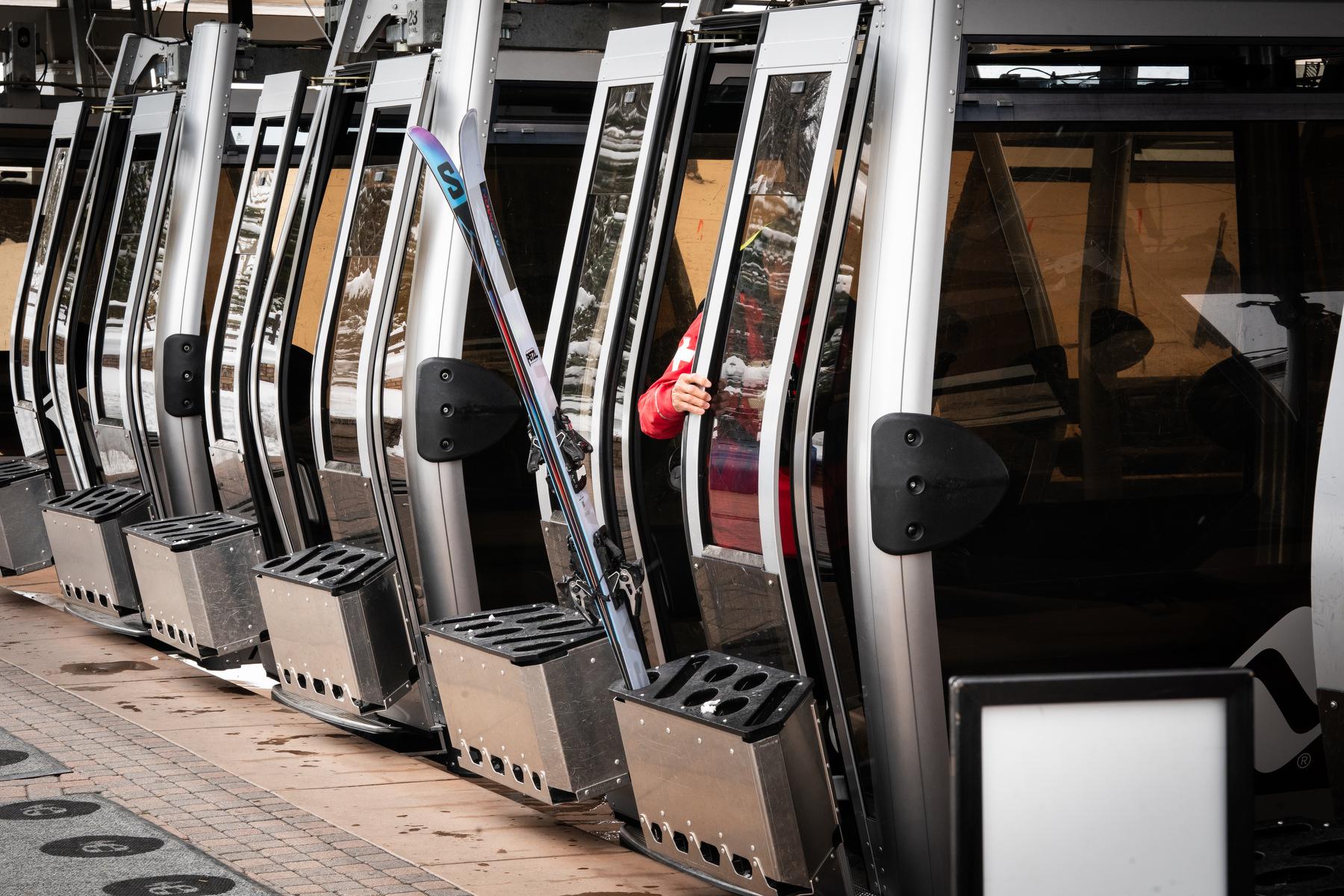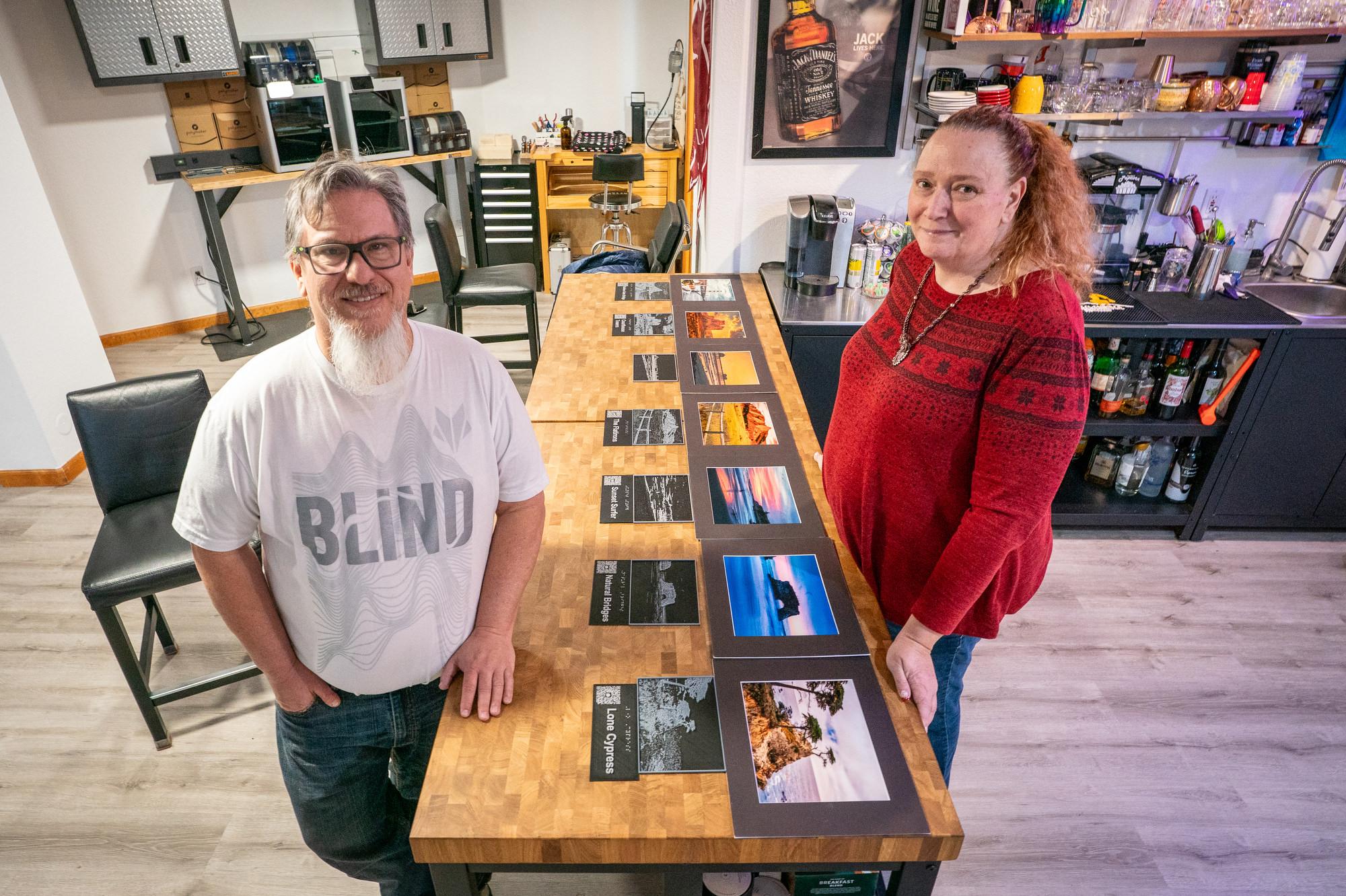
This story originally aired December 9, 2016.
Photographer Joseph Collier gained fame in the late 1800's for his images of Colorado. From shots of downtown Telluride to the Garden of the Gods in Colorado Springs to the Brown Palace Hotel, his photos were known around the world. More than 100 years later, his great-great-grandson, Grant Collier, photographed the exact same spots and collected them in his new book Colorado Then and Now.
Joseph Collier took up photography in Scotland, though it wasn’t until his move to Colorado that his fame took off. He lived in Central City and was well known at the time. In 1873, he presented stereographic images of Colorado to the wife of President Ulysses S. Grant and First Lady of the United States, Julia Grant. Newspapers of the day called his work "some of the finest specimens of stereoscopic views" ever seen.
The Getty Museum in Los Angeles even has a few of his photographs.
Temple Emanuel
Collier said finding where his great-great-grandfather stood to take the photo of Temple Emanuel wasn’t difficult, he found the “location on Google Earth before I left my house.” A tree now blocks the exact spot where Joseph stood, but Grant was still able to get within a few feet.
“It’s a little surprising anytime a building in Denver still exists over 100 years later, as many of them are now gone.” Grant said. But he adds, “churches seem to have survived more than other buildings.”
Downtown Golden
Recreating the shot of Golden was rather difficult, since the historical image showed festivities on Washington Ave. So, Grant waited until Golden’s Buffalo Bill Days parade.
“However, while scouting the spot beforehand I realized Joseph had been standing on some platform that no longer existed,” Grant said.
Armed with a stepladder for a higher vantage point, Grant politely tried to move the crowd that had formed around the spot he needed. “Since I had a big camera around my neck, I think people assumed I was an official photographer for the parade and nobody complained.”
During his research, he discovered an article in the local newspaper that said Joseph had opened a photo gallery in Golden in 1878, one that “must not have been open long.” “I've never seen another reference to it, and Joseph soon established a different gallery in Denver.”
Royal Gorge
Grant Collier found a back road which took him to the bottom of the canyon to capture this photo. From there, he hiked a mile to the vantage point -- and a bit of future serendipity.
“I was pleasantly surprised that Joseph happened to frame his image so that the suspension bridge, which was built 50 years later, was completely visible and perfectly centered in the modern shot,” he said.
However, not everyone was pleased with his great-great-grandfather's spot next to the tracks of the Royal Gorge Route Railroad.
“I was almost finished taking images when I heard a train coming through the gorge,” Grant Collier said. “I decided to stay and shoot the train, as I figured it could add a lot to the shot. As the train approached, the conductor stuck his head out the window and started yelling at me. He then stops the train, which was full of tourists, gets out, and tells me to get out of the canyon before he calls the cops. As it turns out, this made for one of my favorite images in the book and ended up going on the front cover. In the modern image, it looks like there's a friendly train conductor sticking his head out the window and posing for my image.”
Grant said his great-great-grandfather left hundreds of “invaluable images” of Scotland, Colorado and California. “Perhaps more important than his photographs, however, was the example that he set by the way he lived,” he said. “He lived not with fear and trepidation, but with an unyielding confidence and an insatiable longing for adventure.”
Joseph Collier died on Dec. 23, 1910 at the age of 76.









